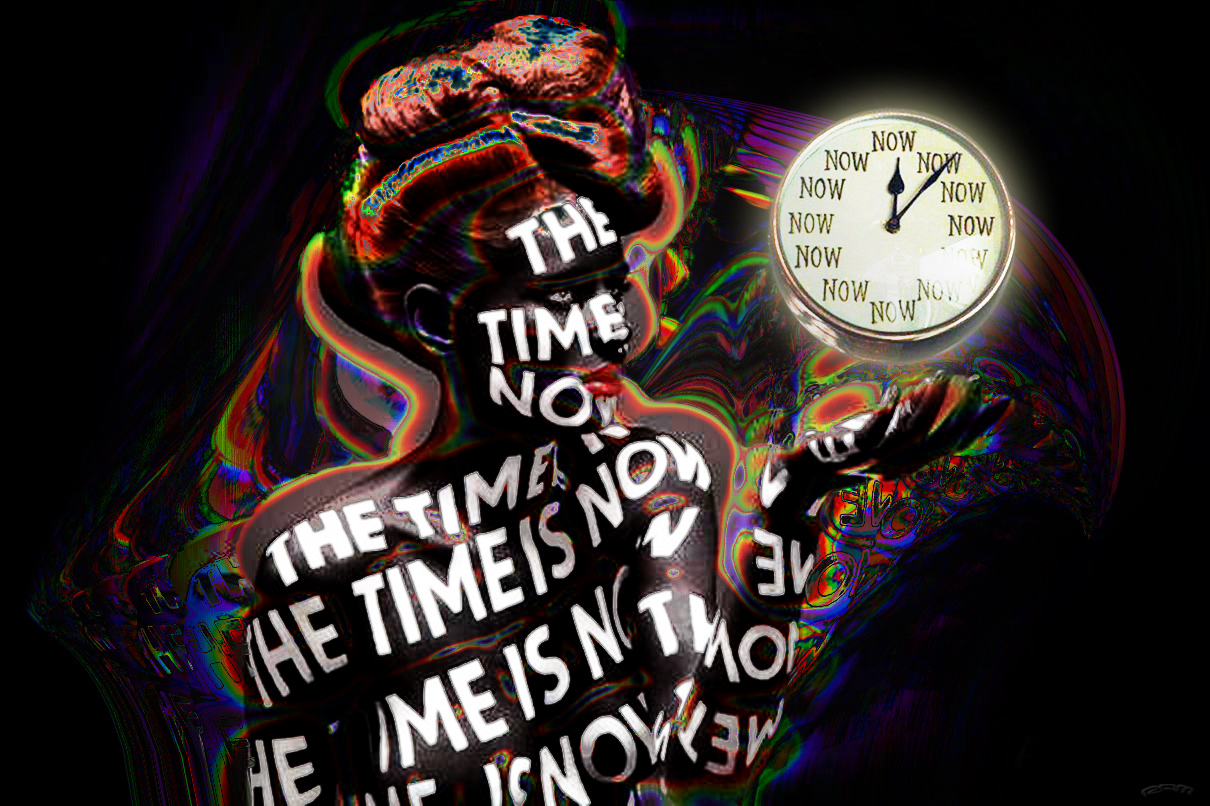
Stores be like, “dresses for layering!”
Shopping for women’s clothing is one of the most baffling, frustrating, mind-blowingly difficult activities I can think of.
“WHAT EVEN IS THIS?!” you wail at the Gap, holding a strip of fabric upside down, sideways, and draped like a sash over your shoulders, bewildered and a little sheepish at your ineptitude.
Don’t worry, female shopper. Your struggle is real, and all too familiar.
Of Pockets
When you finally find and buy pants that fit, you discover with rage that you have been duped. The pockets that appear on the outside are lies, merely an illusion, with none of the functionality.
Lady pants that do have pockets are rarely designed to actually carry anything. They are so shallow that any objects stuck inside either hang out of the top (smartphones) or are shoved out when you sit down. On several occasions, I’ve broken phones and lost money that were shoved out of too-tight and too-shallow pockets. It’s not just jeans, either: dress pants, skirts, and jackets are frequently made with useless or nonexistent pockets.
It’s almost like women’s clothing designers don’t want women to be able keep their belongings in their pockets at all…
And Purses
…And maybe they don’t. The handbag industry pulls in more than $100 billion annually. It’s a highly lucrative, competitive, multinational industry.
It, like any other market, depends on demand. How many handbags does a person really need? Few to none, if women’s fashion was designed to be functional. But if the industry standard for women’s fashion is pocket-free, then a suddenly-wide market exists for a multitude of handbags in every size and color to match every outfit.
It’s an absolutely brilliant marketing scheme: design clothes, which are already necessary, to require an accessory that is otherwise unnecessary. Much of the time, the handbag costs more than the clothes it was purchased to supplement in the first place!
The “Layering” Scheme
Handbags aren’t the fashion industry’s only brilliant marketing scheme. It has gotten increasingly difficult in the last 5 or 10 years to find quality clothes that aren’t sheer or semisheer, or cut off at some weird (crop-top three-quarter-sleeve v-neck scoop-neck backless) length. Transparency is quite trendy in an era where “layering” is in style. But if I’m just trying to find a regular top, it is infuriating to get home and realize I can’t even wear my purchase out of the house without buying something else to wear underneath it.
Layering sells consumers more stuff of lower quality by making it both fashionable and necessary. The producer uses half of the material per item, retails them for the same price, and sells twice as many items, effectively quadrupling the revenue. This kind of fashion creates a need, and then supplements it.
It’s great business, but it really sucks for women who would rather wear a normal-length, nonsheer, crew-neck T-shirt and not have to shop in the men’s section.
Don’t Be A Sucker
Not only is this business model a black hole for your pockets, it’s a terribly wasteful cycle. The thin, lacy shirts and wide-knit sweaters designed for layering fall apart rapidly and require replacing (since you can’t wear them alone).
I’ve had my best luck with dresses and tops at thrift stores, acquiring the functional fashion that has been ditched for newer, less practical styles. Levi’s have been my go-to for jeans with pockets, though they’re not perfect. I’d love to know if any of you have found better options.
If not, speak up! Some women I know just shop in the men’s section for certain items, but this feels like a cop-out. Companies will provide products that consumers want, if we show them a demand for it. Stephanie Geise complained that Target’s girls’ shorts were too skimpy, and many other mothers reached out to commiserate. Target took their concerns seriously, and is currently collaborating with Stephanie to provide more age-appropriate girls’ clothing.
Don’t let ‘em push us around, ladies. Speak out for what you want, and stand up for your pockets!




